The Villecco family’s cheesemaking history on the Italian island spans over 130 years, bridging tradition and innovation
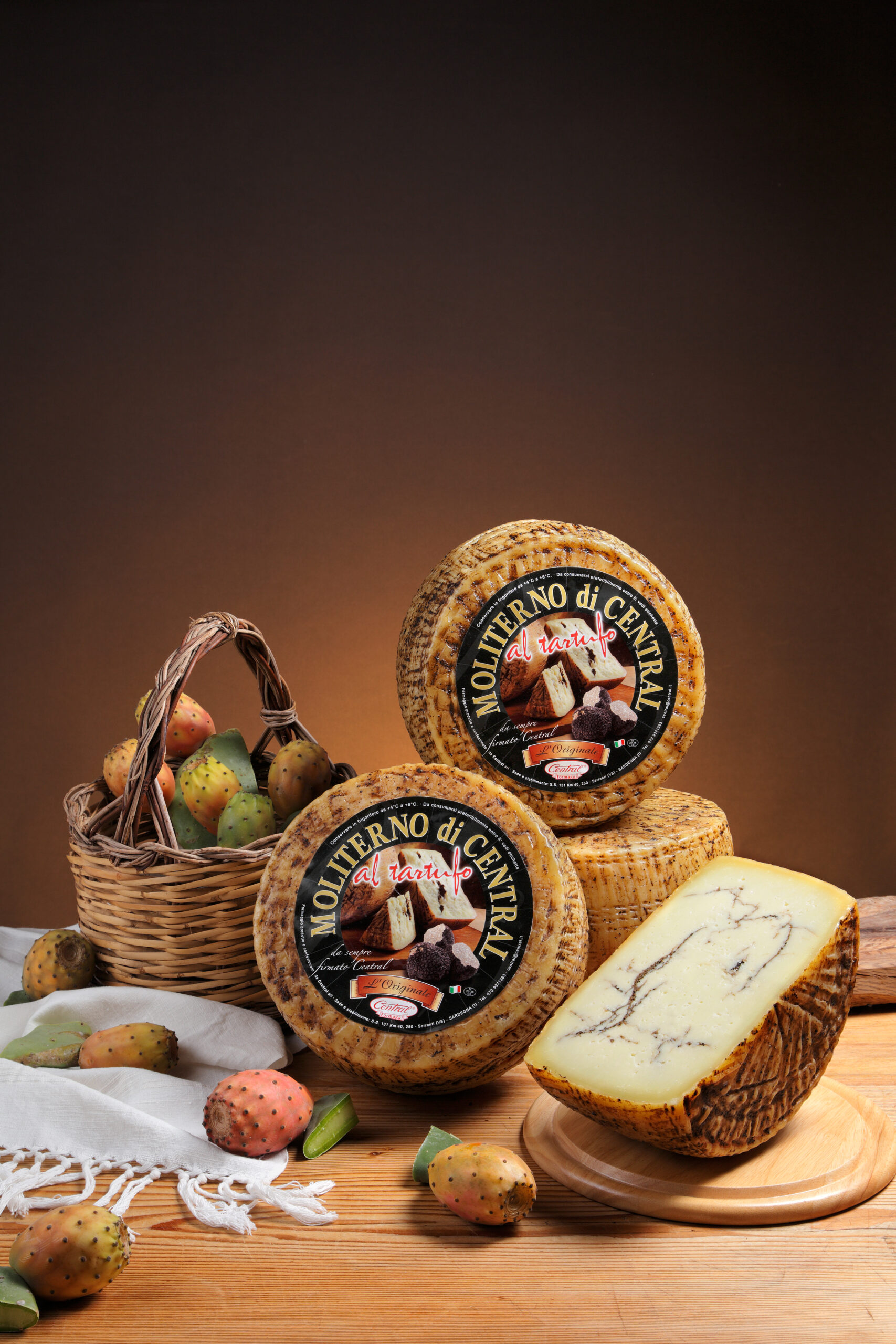
Truffle fans and cheese lovers alike swoon over Central Formaggi’s showstopping pecorino Moliterno al Tartufo. Wheels of the sheep’s milk cheese are infused with black summer truffles in an ingenious (and secret) method, so that the paste is laced with striking black veins—as if truffle lightning bolts were somehow captured in the cheese. The flavor lives up to the appearance: heady and decadent, with an earthiness from the truffles that permeates but does not overwhelm the character and taste of the cheese itself.
Moliterno al Tartufo debuted in 2009, and it’s a relative newcomer in the lineup of cheeses from the Villecco family, founders of Central Formaggi in Sardinia, where sheep outnumber people by over 1.3 million. The origins of the family’s cheesemaking roots on the island go back to the late 19th century, when Agostino Villecco sailed from his home in southern Italy to Sardinia, after learning of the abundance of sheep on the island.
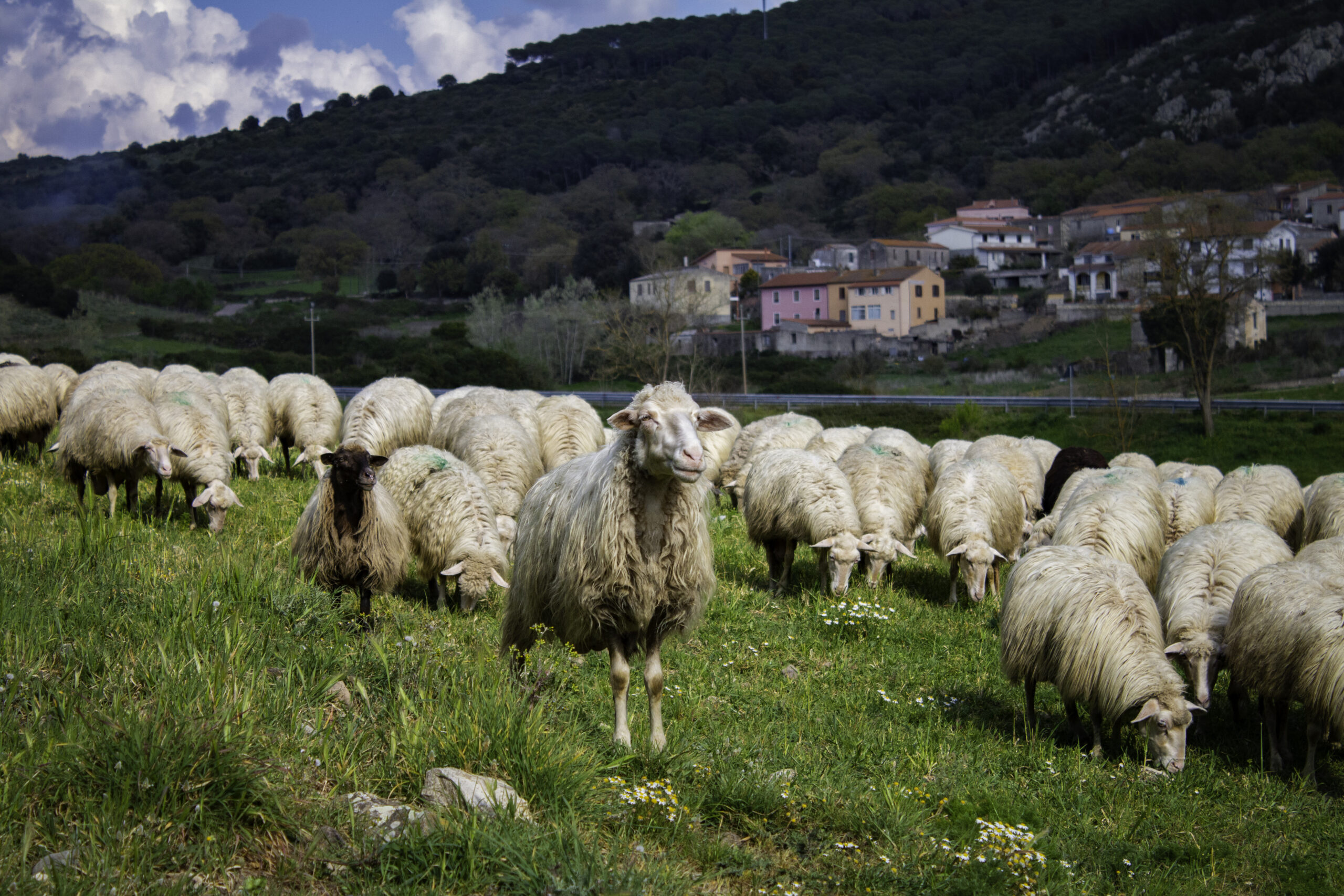
“At that time, as Italy became more industrialized, people left the countryside and the profession of the shepherd, so there were many cheesemakers on the mainland who knew how to make cheeses from areas like Moliterno (a township in Basilicata), but they didn’t have the milk anymore. So those who could went to Sardinia to find the milk, and that’s what my great-grandfather did,” explains Piergiorgio Villecco, a fourth generation family member who today is at the helm of Central Formaggi with his brother Jon Villecco.
Agostino began returning annually to the island to make cheese, and shipped it back to mainland Italy to be sold. One of these cheeses was Moliterno, named after the place where it was originally aged. He passed his cheesemaking methods down to his son, Gerardo, who settled permanently in Sardinia in the 1920s. Gerardo expanded production to include other traditional and unique varieties, and aged the wheels in the Sardinian town of Nureci.
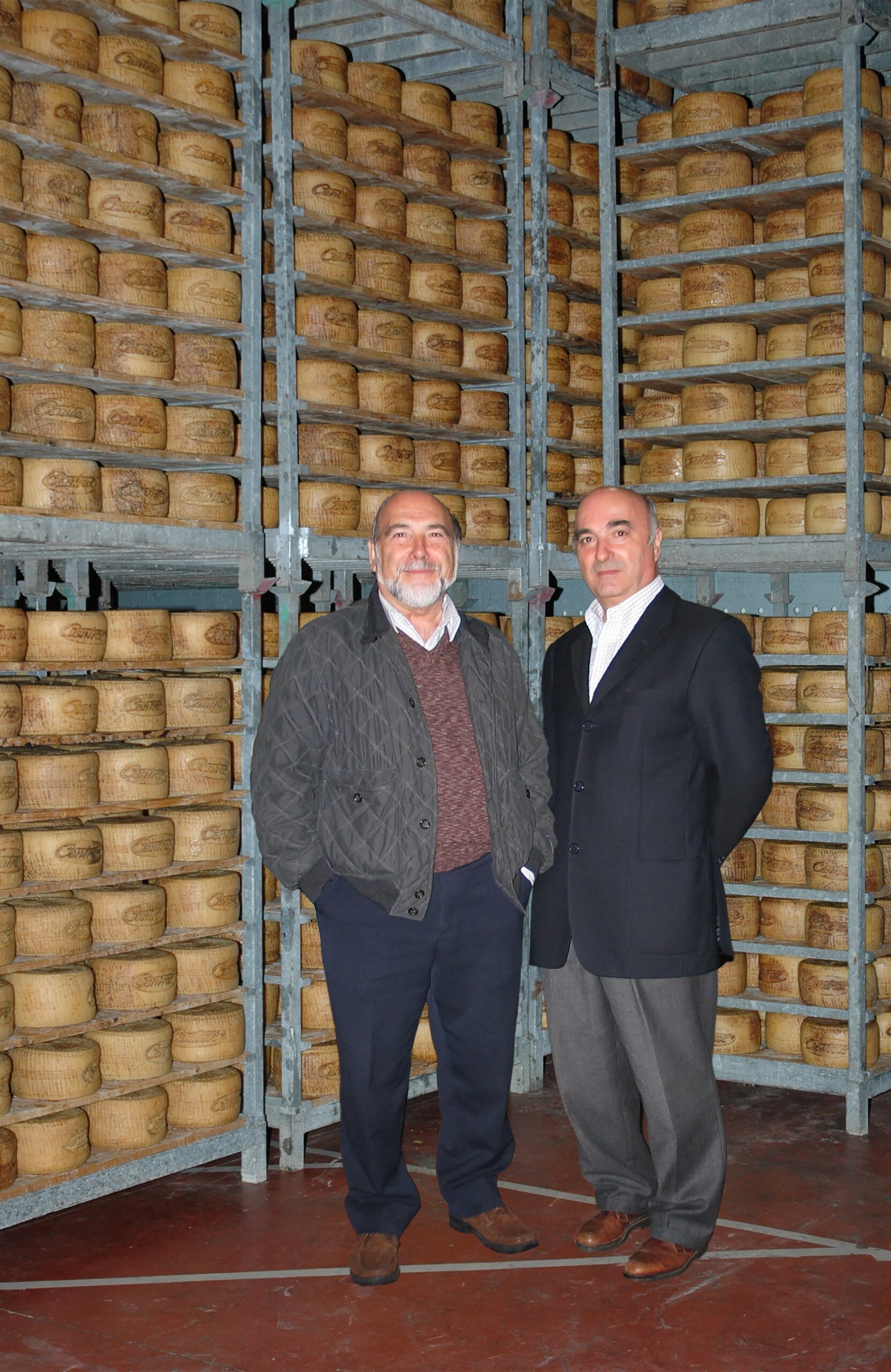
About 50 years later, his sons Efisio and Carmine incorporated the company as Central Formaggi and established a new, larger cheesemaking facility in Serrenti, not far from the pastures where many sheep graze on a rich variety of herbs and grasses. Central currently sources milk from about 500 farms, and several of the shepherds have worked with the Villeccos for decades.
A Blend of Tradition and Innovation
Central now produces around 50 different varieties of sheep’s milk and goat’s milk cheeses. Efisio’s sons Jon and Piergiorgio share responsibilities heading up the company: Jon runs the operations at their US warehouse in Florida, and Piergiorgio oversees the facility in Sardinia. As the company has continued to grow and increase its production, Moliterno has remained the signature cheese of Central Formaggi.
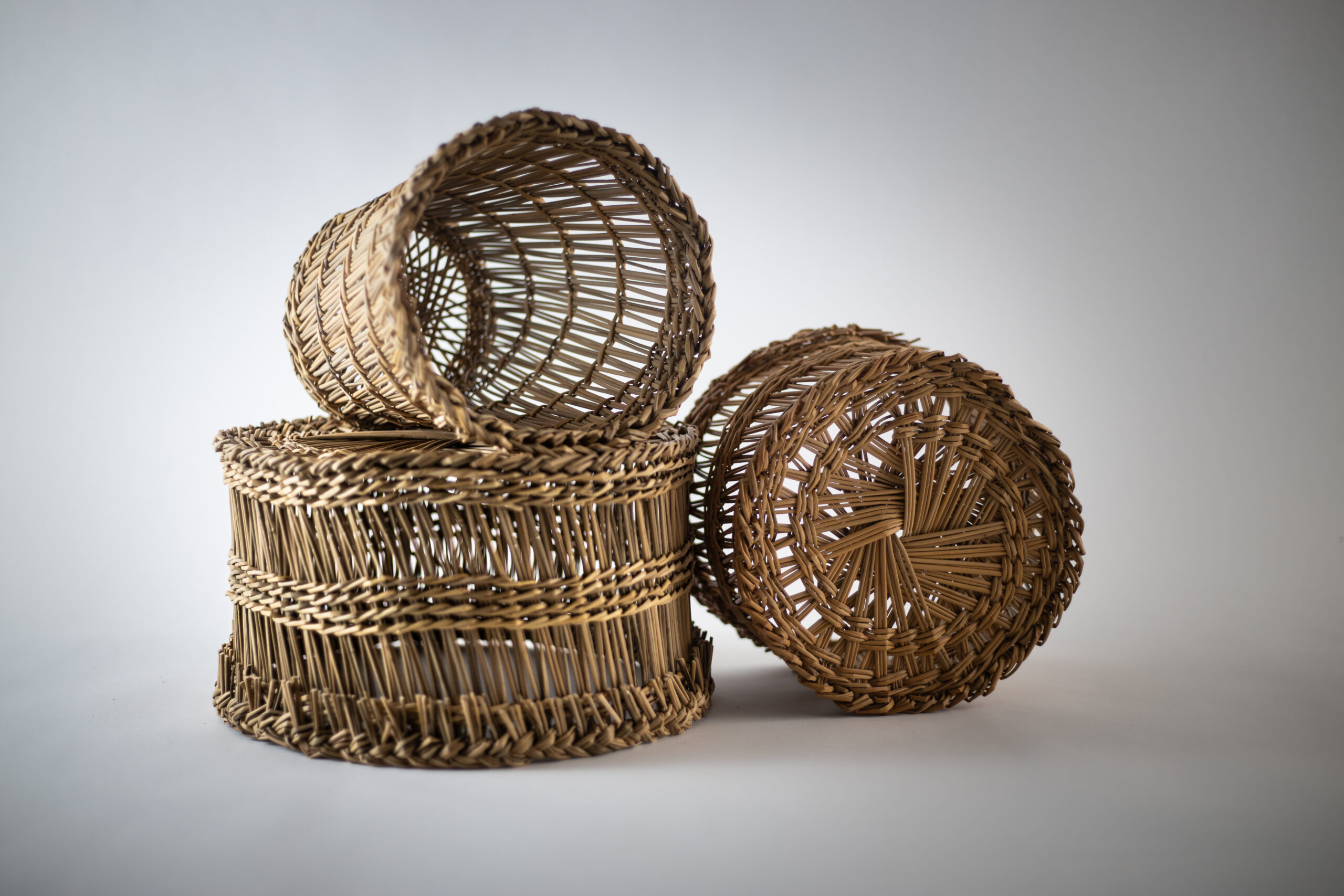
Homebred cultures and traditional handwoven reed (giunco) baskets are still used during the production of Moliterno. Only a small number of skilled artisans know how to make these baskets today, which leave a distinctive imprint on the rinds of the cheese.
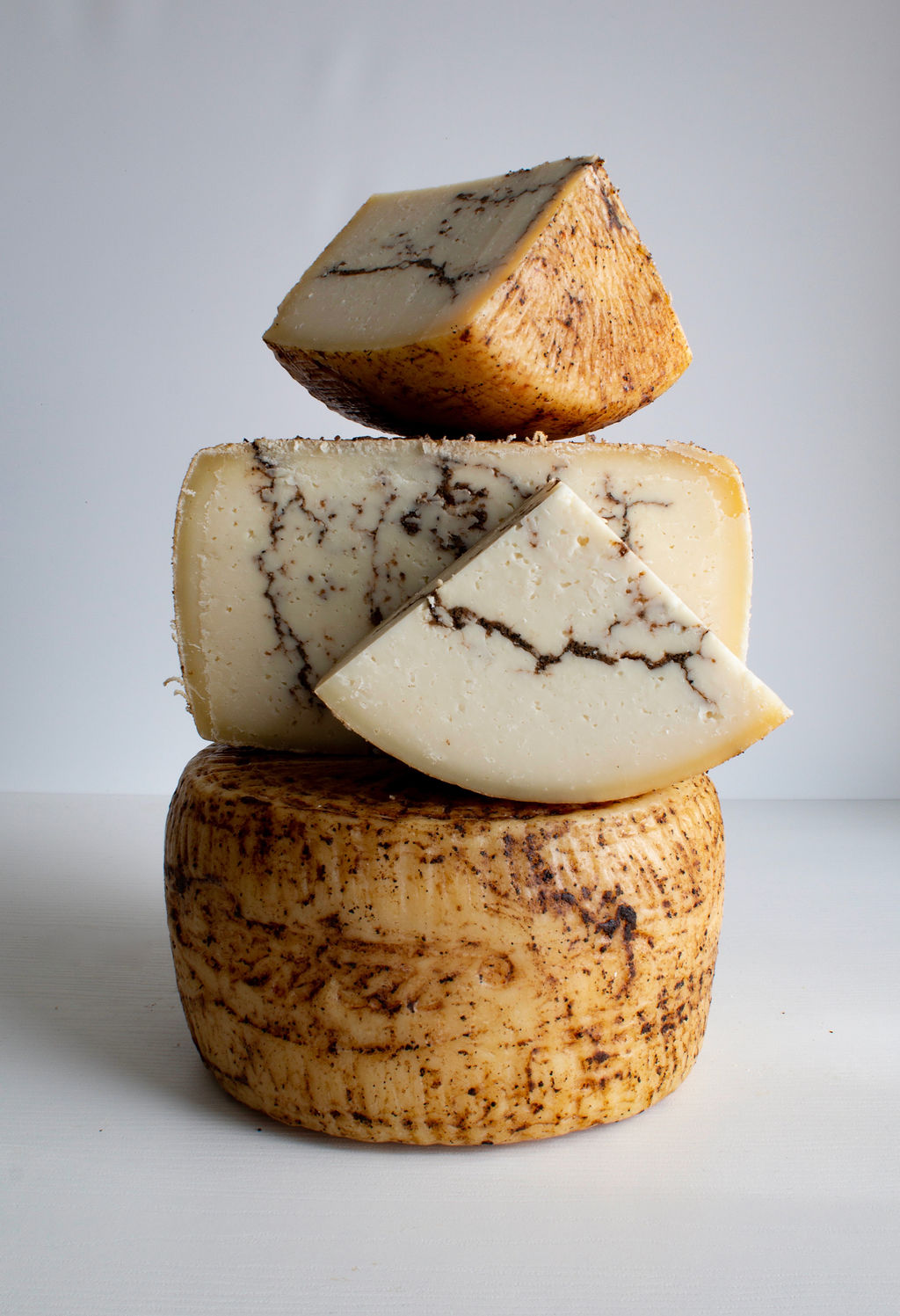
The family’s respect for history and tradition coexists with a spirit of innovation, and Central experiments with multiple new products every year. Moliterno al Tartufo was developed by Efisio and took several years to refine and perfect. The truffles are sourced from the regions of Abruzzo and Molise, and a mycologist examines the spores of the truffles to verify that they are indeed Italian.
Other tasty variations of Moliterno, which is aged 3–4 months and weighs about 5.5 pounds, include Moliternino, made in the same way but half the size, and Moliterno Riserva, aged a minimum of 180 days. “The flavor of the Riserva is more intense; it’s for people who love a stronger cheese,” explains Piergiorgio. In addition, a 100% Goat Milk Moliterno will be available in the US in the coming months. It’s made with the same homebred cultures as the original Moliterno and aged between 3–4 months.
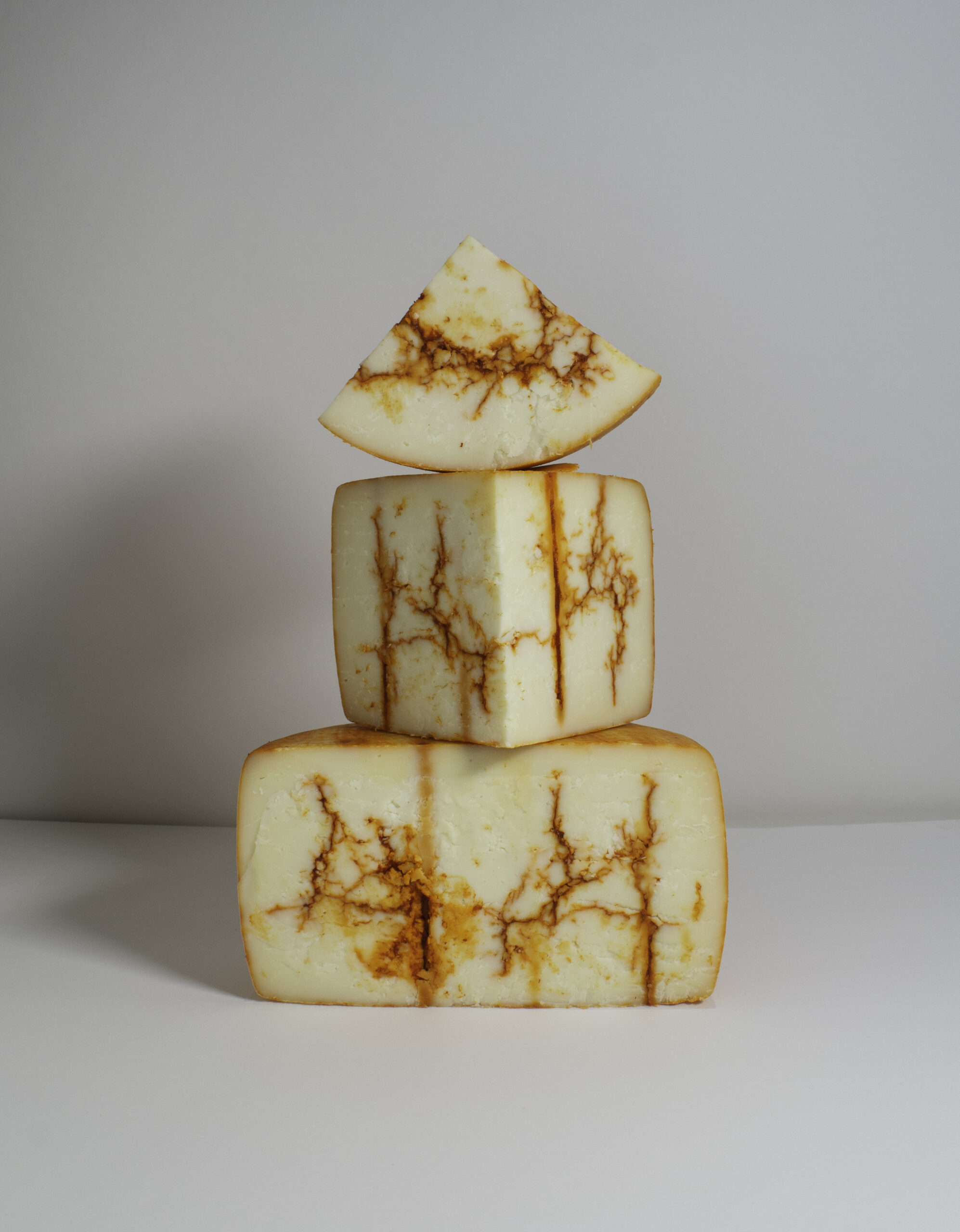
Another eye-catching new cheese that Central launched in the last year is Fiore Dolce Piccante, infused with peperoncini from Calabria. The veins in the paste resemble those in Moliterno al Tartufo, but the color is a gorgeous deep red. This pecorino strikes a perfect contrast between the sweetness of the cheese and the spiciness of the peppers. “Equilibrium is something we strive for in all of our cheeses,” adds Piergiorgio. “We don’t want one element to overwhelm another, so we work a lot to keep the flavors balanced.”
The same concept of equilibrium applies to the Villeccos’ approach to carrying on their history while continuing to innovate. “Our mission is to create good cheeses that are made in the traditional way, and invent new cheeses that maintain our values,” explains Jon. “That’s what we’ve always done, and that’s what we hope to continue doing in the future.”
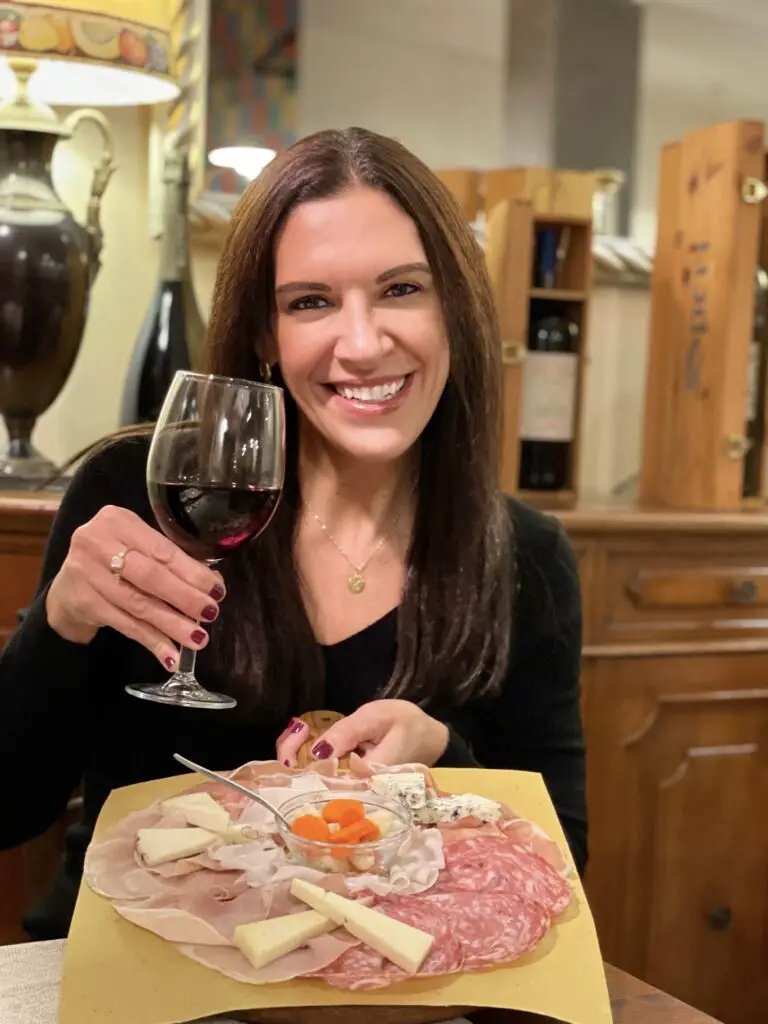
For more info about Kristine Jannuzzi, visit our Featured Contributors page
You can follow her adventures (cheesy and otherwise) on Instagram @nyccheesechick and read more of Kristine’s articles on her website.